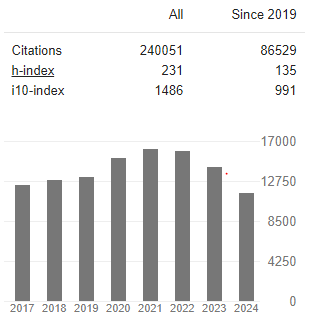Computed Tomography Liver Spleen Ratio as Predictive Marker of Liver Injury among Adult Filipina Early Breast Cancer Receiving Neoadjuvant Therapy from 2010-2016: A Six-Year Retrospective Study
Abstract
Amabelle Trina Gerona, Timothy Lim and Maximino Bello III
There is no way to predict development of liver injury in early breast cancer patients during neoadjuvant treatment. It is our aim to determine such by determining Computed tomography liver spleen ratio (LS ratio) and comparing it to liver function test.
Methods: Retrospective review for Stage I-III invasive breast cancer. Computed tomography LS ratio was reviewed by one radiologist. LS ratio cut off values were tested of their accuracy wherein computed AUC of > 0.70 is considered valid predictive markers.
Results: Thirty-five patients were seen with median age of 54, 57% had stage IIIB cancer. Patients’ average LS ratio 1.10±0.30 at the start, thenit slightly increased towards the end of the treatment (1.13±0.32). SGPT (37.43 to 35.09, p=0.479) changed from start to end. Liver spleen ratio significantly correlated with SGPT (r= -0.541, p=0.001). At end of treatment, LS ratio is correlated with SGPT (r = -0.464, p=0.005). It has higher sensitivity at start of treatment 100%, cut off 0.52, while end of treatment cut off was 0.87 has higher sensitivity (100%) in predicting liver injury. Liver Spleen ratio at end of treatment showed higher accuracy (AUC =0.597) indicating the LS ratio can be utilized as marker for predicting liver injury.
Conclusion: End of treatment, liver injury was seen in those receiving anthracycline- based regimen. Liver spleen ratio is significantly correlated with SGPT. Liver spleen ratio at end of treatment showed higher accuracy indicating the LS ratio be utilized as marker for predicting liver injury



